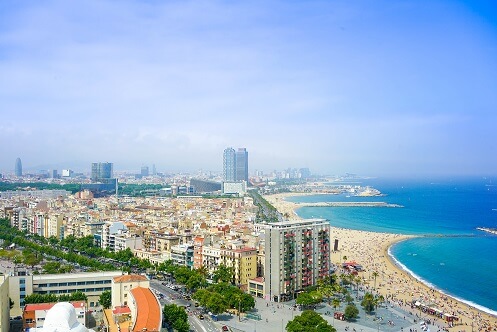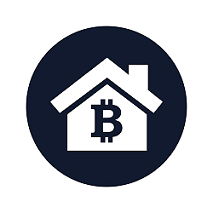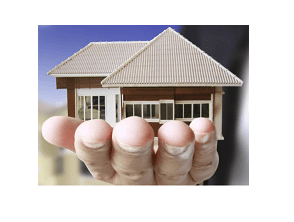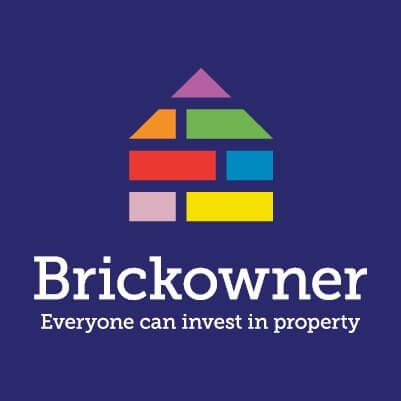In this article I will first discuss the Spanish real estate market, then I will discuss a way investors can participate in the Spanish real estate market.
Investing in Spanish property has become an attractive prospect in 2016. There are strong indications that the bust is over. House prices are increasing, after eight years of decline The Spanish economy is growing, and according to the European Commission it is forecast to grow even more by 2018. The regions in Spain which have shown the strongest growth include, Catalonia, Valencia, Madrid and the Canary Islands, these have grown by an average of 4.2%.
The total number of property transactions rose by 11% in 2015. Most of the demand has come from foreign buyers in Europe and internationally. The Golden Visa scheme has attracted investors from the Middle East China and Russia. Rental yields are also increasing with stronger growth in Catalonia and Madrid. By 2018 the oversupply of real estate in Spain will diminish first.
Essentially, there are two main aspects of the Spanish real estate market the one that attracts locals and another which attracts International investors who want to invest in the Spanish Real Estate market.
Analysis of investing in the Spanish Real Estate market.
Risks:
History:
In 2008 the Spanish property bubble burst. Most of the property developed was not of the primary kind, this led to the creation of the famous ghost towns. A lot of investors suffered, and banks have been left with a considerable amount of property on their books because this property cannot be easily sold.
Finances:
Investing in real estate requires significant sums of money, on average property in Spain costs over 100,000 euros. For many investors, such sums represent an obstacle, first because they don’t have such funds or the ability to finance them and secondly because investing such amounts means that they are putting all or most of their eggs in one basket.
International issues:
An important part of the Spanish estate market depends on international buyers; The British have always looked South for sun and fun. The impact of Brexit is unclear. The British investor could face headwinds financially in the short term. The pound has dropped by more than 15% in Q4 of 2016. The low oil prices could potentially reduce demand from the Middle East and Russian buyers. A slow down in the Chinese economy could deter Chinese buyers, but on the other hand, the falling Yuan would encourage the Chinese to buy foreign assets.
Spanish economy:
Tourism is an essential part of the Spanish economy, in 2016 there was an increase of 70 million tourists over other years. Most likely, this was because of the problems in Libya, Tunisia, Egypt and Turkey. At some point in the (far?) future, these countries will likely recover and re-open the tourism industry; this could reverse some of the gains in the tourist increases seen in recent years which have occurred in Spain,
Unemployment:
Spanish unemployment stands at 19.5%, and youth employment is even higher. Many of the under 30s who have a job have it on a part-time basis. This is causing a brain drain as many young Spaniards are leaving for jobs in Europe, South America and even Africa.
Why are you buying Spanish property:
Some would-be investors in Spanish property mix the idea of a second home with that of an investment home. Potentially purchasing a second home is an emotional decision while buying an investment property is a purely rational one.
Opportunities:
The recovery and growth
In 2016 real estate prices across Europe have been gaining ground. Spain has seen some of the most impressive property price increases. The opportunities to invest in the Spanish real estate market are numerous. However, the select opportunities of investment apartments and developments require careful due diligence and knowledge of the market. How to invest in Spanish Real Estate, is laden with problems if you do not plan your investment carefully. What it comes down to, is having the right real estate agents and notaries or the right real estate investing platform that can give you a competitive advantage by finding the right investment properties at the right price and in the right location.
Spanish lifestyle
Spain conjures images of beaches and sun on the coast and mountains in the south-east and the north-west. Retirees are attracted because of its relative safety and younger revellers flock to Ibiza because of its famous nightlife. Spain has something for everybody, and the afternoon siestas are something the rest of us are surely all jealous of.
Geographical diversification and the Euro
The Euro has shown significant resilience in the face of international turmoil; it has become a safe-haven currency. Property in Spain is valued in euros, and the rental yield is also in euros. Investors seek to diversify their assets across continents and countries; Spanish real estate offers an opportunity for diversification that potentially gives you an edge in future currency wars.
How to Invest in Spanish Property?
You can invest in Spanish property by buying a property directly and then reselling it, or using a timeshare. There is a third way: Inveslar. This is a p2p platform, which crowds sources investments. Investors participate in a “hands off” investments, by investing as little as 100 Euros.
Inveslar Review
Inveslar is a new startup which has attracted mostly Spanish investors. Their website is in Spanish, Any International and European resident can invest in Inveslar, but to do so, one needs to have an NIE (Foreigner ID Number). Inveslar plans to operate the same business models in the main European Capitals by 2019.
Pros
- Inveslar has expertise in evaluating investments. Every real estate market has risks and knowing them requires knowledge and feet on the ground. Most of the real estate agents make their profit on the purchase and not the sale. With Inveslar the profit is made on the sale. Thus Inveslar have “skin in the game” to make the right property investments.
Real estate development have two kinds of risk, first is the real estate type (ex. : drop in prices), and secondly, it is the developers or promoters. The financial strength of the promoters is necessary because if they default, you lose money. Inveslar performs careful due diligence on the developer’s financial strength. Doing such research alone on how to invest in spanish real estate developments is very time-consuming. - Each property on Inveslar has a special purpose vehicle created around it. This means that each property is owned by a company which in turn belongs to the shareholders.
- The minimum investment is 100 euros A relatively small sum.
- 1 million euros have already been invested through this platform
- Inveslar offers two different opportunities, first is the development and sale of property and secondly is the purchase, rental for a pre determined period and then the sale of property.
Inveslar has a strong management team consisting of Carles Serradell, who was the”The Crowd Estates”. Also Didac Figueres and Robert Stoelzaed, COO and CTO. Didac Figueras is a professional advertiser who has worked with Young & Rubicam and TBWA Barcelona. Robert Stoelzaed has been working as a web developer for the last ten years. - P2P loans in Spain have a different mechanism than in the UK. In the UK an investor provides a credit while in Spain an investors purchases a slice of the property directly. This has the advantage that in the case of default an investor has more rights, but potentially also obligations such as property taxes.
Cons
- Inveslar can be considered a new start-up company platform; startups have risks in particular cash flow risks.
- Up to now, the number of properties on the platform is rather low. This indicates that Inveslar is no rush to list properties most likely because it is taking it’s time to find the right properties, on the other without a good flow of properties It will take time to diversify in several properties
- Rental income and Capital Gains in Spain are taxed at 19%. Inveslar automatically deducts this from any proceeds and automatically deposits the proceeds to the Agencia Tributaria. Thus international investors do not need to file a Spanish income tax return if their only Spanish profits come from Inveslar. (This is not tax advice, please check with your tax advisor your particular tax situation)
Conclusion
Investing in Spanish Real estate has both risks and opportunities, consider both before investing.
Photo via Good Free Photos
Comments:
Have you invested in Spanish Real Estate? What was your experience?
Are you considering investing in Spanish Property? Share your ideas here.












